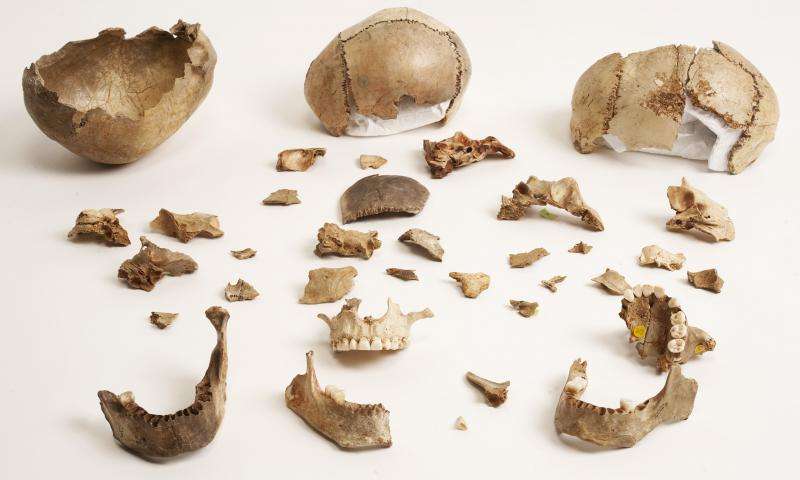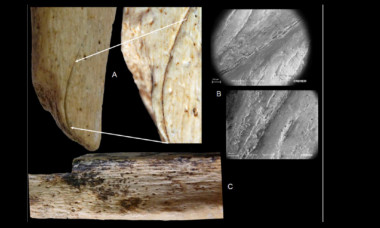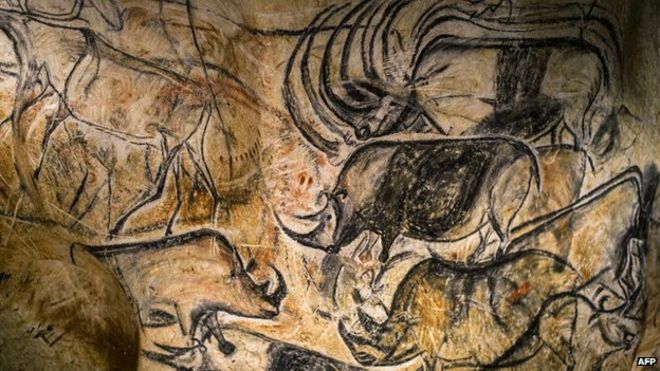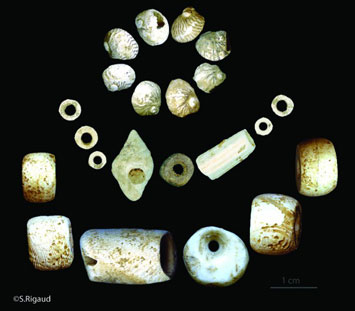A stunning replica of the 36,000 year-old Grotte Chauvet, home to the oldest figurative cave drawings in the world and an Unesco Heritage site, opened to the public at the weekend. Here's a look inside the country's latest tourist attraction.
The grotto at Vallon-Pont d'Arc in the Ardeche region of southern France, is a reproduction of the closely guarded Grotte Chauvet, which was granted World Heritage status last year.
The French president had already officially inaugurated the museum earlier this month and it officially opened to the public on Saturday.
The replica cave, which took a team of scientists two and a half years to create, will enable tourists from around the world to continue to see the frescos of painted animals without damaging the original cave.
Read the rest of this article...
















